Are you worried about the structural integrity of your sandstone basement walls? We understand how daunting the process can be, especially when it comes to waterproofing. The good news is that with the right steps and supplies, sealing your sandstone basement wall could be easier than you think!
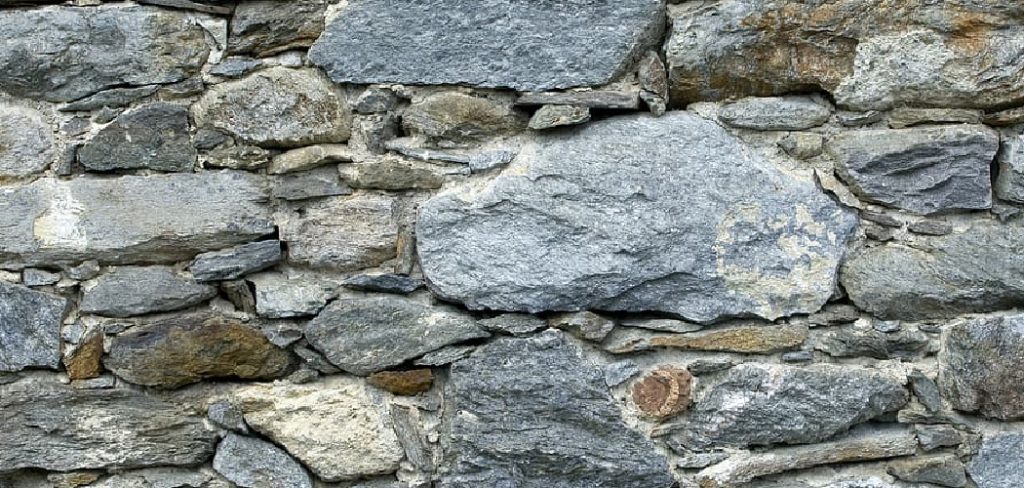
In this blog post, we’ll discuss everything from what materials you need to acquire and tips for preparing for a successful job. So if you’re ready to get started on protecting your home from damage caused by water leaks, keep reading for our comprehensive guide on how to seal sandstone basement walls.
Tools and Materials You Will Need to Seal Sandstone Basement Walls
- Sandstone sealer
- Paintbrush or roller
- Painter’s tape
- Putty knife
- Hammer and chisel (optional)
- Drop cloth or newspaper to protect floors
Step-by-Step Guidelines on How to Seal Sandstone Basement Walls
Step 1: Prepare the Wall Surface:
First, prepare the wall surface by scraping away any loose paint. If necessary, use a hammer and chisel to remove any stubborn pieces. When you’re done, wipe down the surface with a damp cloth to ensure that it is clean and dry before proceeding. Preparing the wall surface is important for achieving a successful seal.
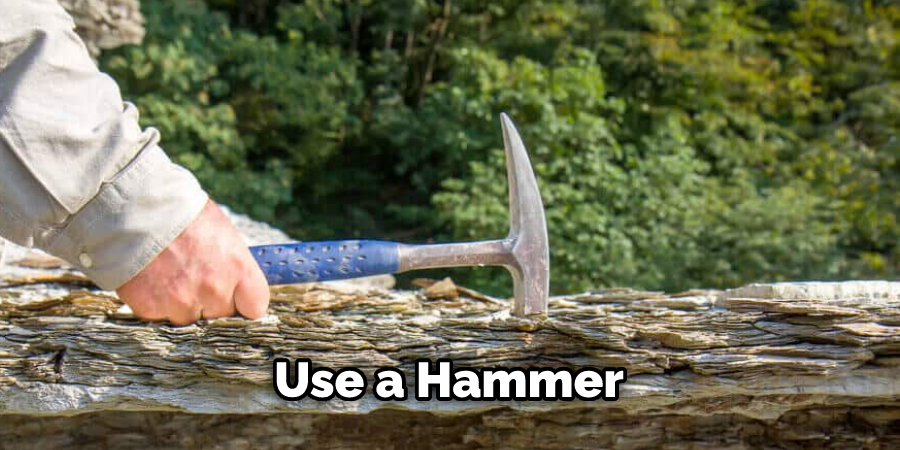
Step 2: Apply Painter’s Tape and Drop Cloth:
Next, you’ll need to use painter’s tape and a drop cloth or newspaper to protect any surrounding surfaces that could be damaged during the application process. Be sure to pay extra attention in areas where paint drips or splatters could occur. While applying the tape, make sure that it is firmly pressed against the surface to prevent any leakage.
Step 3: Apply Sandstone Sealer:
Once the wall surface is prepared and you have adequately protected your surrounding surfaces with painter’s tape and a drop cloth, you are now ready to apply the sandstone sealer. For best results, use a paintbrush or roller to evenly coat the surface. Depending on how porous your sandstone wall is, you may need multiple coats of sealant for optimal protection.
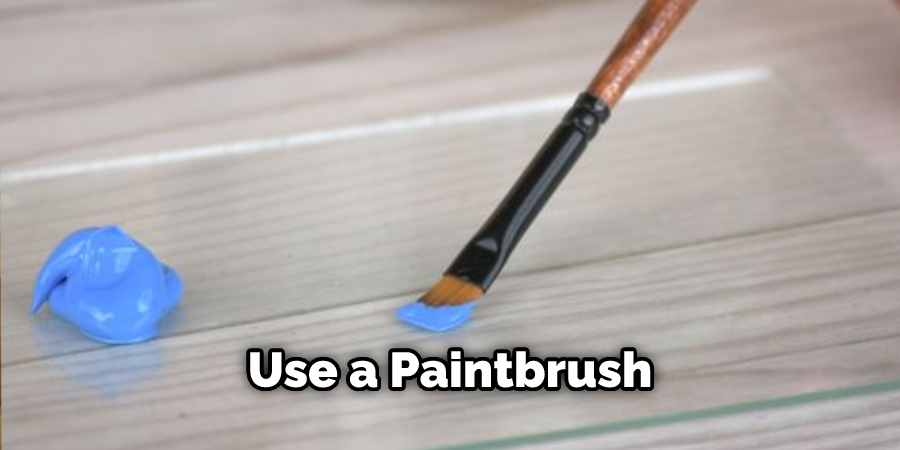
Step 4: Remove Painter’s Tape and Drop Cloth:
Finally, remove the painter’s tape and drop the cloth once the sealer has dried completely. To ensure that the sealant has not been compromised, inspect the surface for any drips or runs and fill in any gaps with a putty knife.
Sealing sandstone basement walls is no easy task, but with the right preparation and supplies, you can protect your home from water damage for years to come! By following these steps and using the right sealer, you can ensure that your sandstone basement walls are completely waterproofed.
Additional Tips and Tricks to Seal Sandstone Basement Walls
- Start by caulking any gaps or cracks that are larger than 1/4 inch wide. Use a quality, waterproof caulk and make sure the crack is filled completely without leaving any air pockets.
- After you’ve filled all of the larger gaps and cracks, it’s time to apply a sealant to the entire wall. Consider using a penetrating sealer as it will help protect the walls from moisture, block out any minerals that may be present in sandstone, and provide an extra layer of protection against water damage. Be sure to use two coats for maximum effectiveness.
- After the sealant has been applied, waterproof your basement walls with a product specifically designed for this purpose. Follow the directions carefully and apply two coats of waterproofing product to ensure your basement walls are fully protected from moisture, mold, and mildew.
- Finally, add a layer of insulation to further protect your basement walls from energy loss. This will help keep the interior temperature of your home consistent and comfortable throughout the year. Make sure to contact a professional for help with installing insulation correctly.
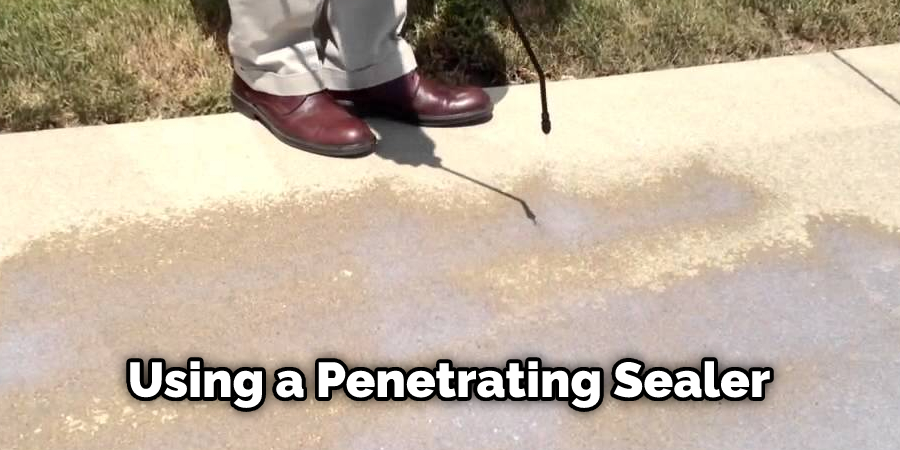
By following these essential tips, you can easily seal and waterproof sandstone basement walls and keep your home protected from the elements. With proper care and maintenance, your sandstone basement walls should look great for years to come. Make sure to inspect the area regularly for any signs of damage or wear and tear, and take action as soon as possible if you spot anything that needs attention. With these tips in mind, you’ll be able to keep your sandstone basement walls looking great for years!
Things You Should Consider While Sealing Sandstone Basement Walls
- Make sure that the walls are completely dry before attempting to apply any sealant. This can be accomplished by using a dehumidifier, fans, or other mechanical devices in the basement for several days.
- Carefully inspect the sandstone for any areas of damage such as cracks, chips, or other absorptive surfaces that may need to be repaired before applying any sealant.
- Choose the most appropriate type of sealant for your particular basement walls, as some types of sealants may not adhere properly to sandstone. There are several types available and they can range from water-based silicone formulas to epoxy mixtures and acrylic sprays.
- Always wear protective clothing such as gloves, goggles, and a face mask when handling chemicals or working with certain sealants in order to avoid any potential health risks.
- Be sure to read the instructions carefully before applying the sealant so that you are familiar with all of the steps involved. Make sure that you are following the manufacturer’s instructions for a successful application.
- Depending on the size of your basement and the amount of sealant needed, it may be beneficial to use a sprayer or roller applicator to apply the sealant. This will ensure that you are able to evenly coat the surface with a consistent layer of sealant.
- Allow the sealant to cure completely before using the basement, as it may take several days for the sealant to fully set and form a barrier on your walls.
- After the sealant has dried, you will want to inspect the surface periodically to make sure that there are no signs of wear or damage. This will help to ensure that your sealant is protecting your sandstone basement walls for years to come.
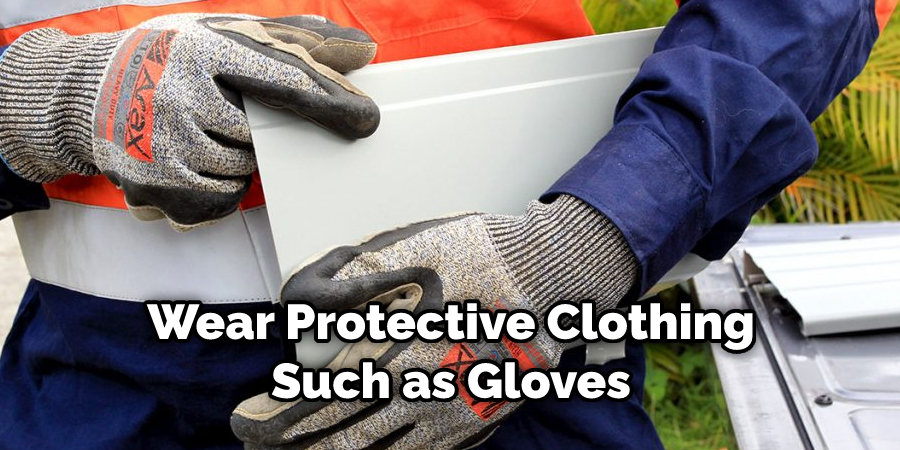
With these considerations in mind, you should be able to successfully seal your sandstone basement walls and protect them from water damage. With the right preparation and products, you can keep your basement safe and dry for years to come. Good luck!
Precautions Need to Follow for Sealing Sandstone Basement Walls
- Always wear appropriate protective gear, such as a face mask and gloves, when sealing sandstone basement walls. The fumes created by some sealants may be hazardous if inhaled directly.
- Prepare the area before beginning the process. Remove any furniture or other items from the area to be sealed and then clean the walls with a brush and mild soap. Be sure to rinse the area thoroughly to remove traces of residue before applying the sealant.
- Choose an appropriate sealant for your specific project. Sealants come in various types, so it’s important to do research on which type is best suited for sandstone basement walls. Consider porosity, resistance to water and chemicals, UV protection, and temperature range when selecting the right sealant.
- Apply the sealant in a thin layer using even strokes. Make sure to cover all of the surface areas evenly for maximum protection. The sealant will dry quickly, so you must work fast. Allow ample time for it to dry completely before considering the job finished.
- Add a few coats of sealant for extra protection, if needed. Make sure to allow each coat to dry thoroughly before applying the next one. If you’re using a waterproof sealant, two or three coats should be sufficient.
- Test the effectiveness of the sealant before replacing any furniture or other items in the area. Spray water on the surface and wait a few minutes to see if it beads up, indicating that the sealant is doing its job. If not, add more coats until you achieve your desired result.
By following these precautions, you can ensure that your sandstone basement walls are properly sealed and protected. Doing so will help protect against water damage, mold growth, and other potential problems associated with flooding and seepage. Ultimately, it’s an investment in the future of your home’s foundation.
Frequently Asked Questions
What Do I Need to Seal Sandstone Basement Walls?
To seal sandstone basement walls, you will need a good quality masonry sealer and an applicator such as a roller brush or sprayer. Additionally, it is recommended that you use a primer prior to the application of the sealant to help ensure that the sealer will adhere properly.
How Should I Prepare the Surface For Sealing?
Before applying a sealant to sandstone basement walls, it’s important that you clean and prepare the surface first. Begin by removing dirt, dust, grease, or other residues with a stiff brush or vacuum cleaner. You may also need to use an acid-based cleaner or a pressure washer. After cleaning the surface, allow it to dry completely before applying any sealant.
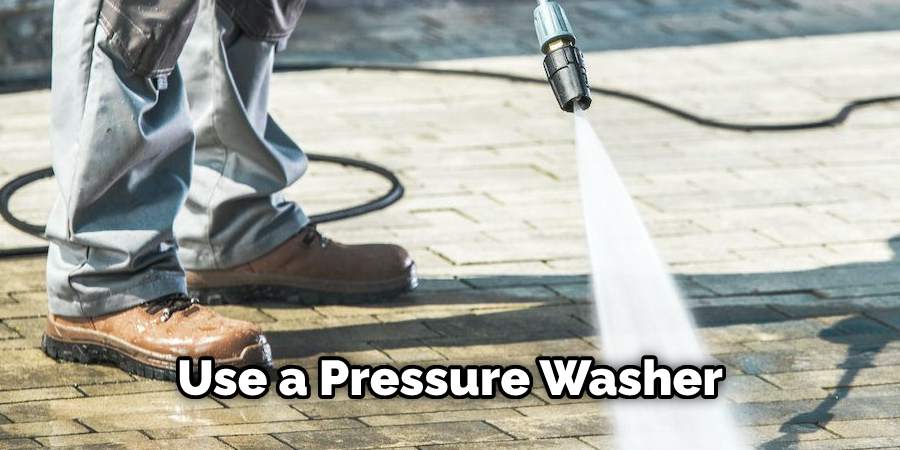
Can I Use Any Kind of Sealer on Sandstone Basement Walls?
When selecting a sealer for sandstone basement walls, it’s important to choose one that is specifically designed for masonry surfaces. Look for a sealer that is water-based, solvent-based, or epoxy-based. Make sure to read the manufacturer’s instructions carefully and follow all safety precautions when applying the sealant.
Conclusion
From the above outlined you can easily learn how to seal sandstone basement walls in order to protect and maintain your masonry space. Additionally, you have learned what materials are needed for the job and how to properly prepare the surface of the walls before application. Following all safety precautions and manufacturer’s instructions is also important to ensure a successful sealant project. With these guidelines in mind, you can easily seal any sandstone basement walls yourself and have your walls looking like new in no time.
